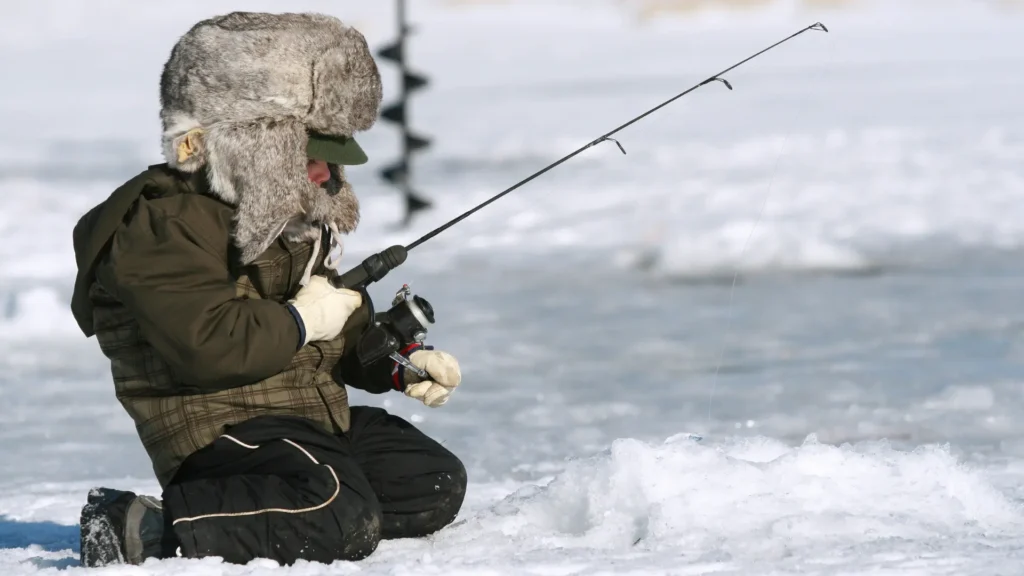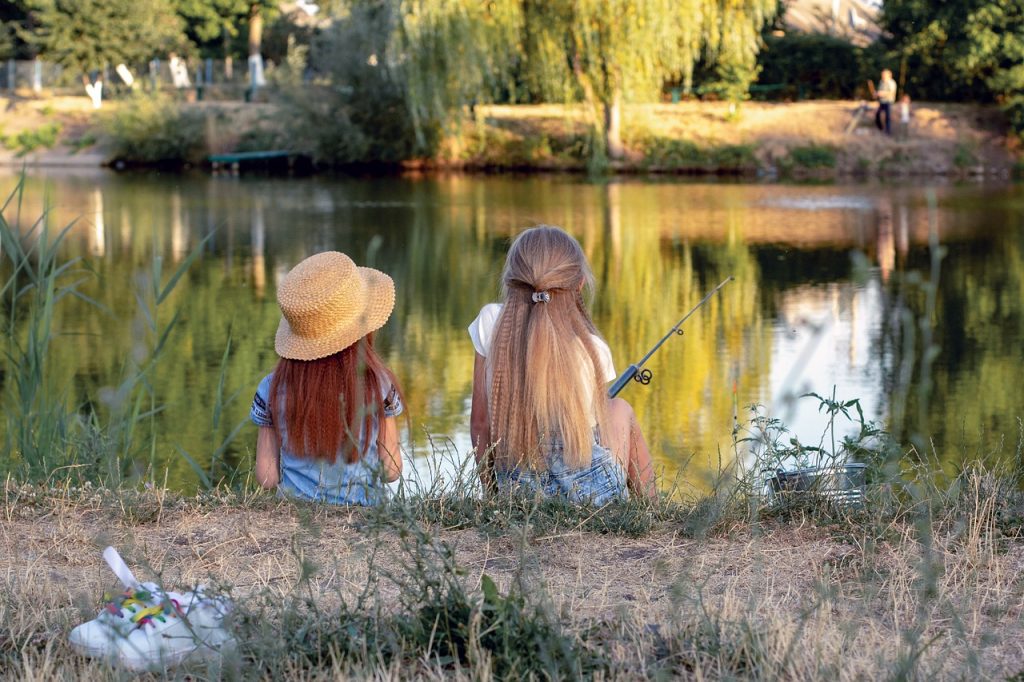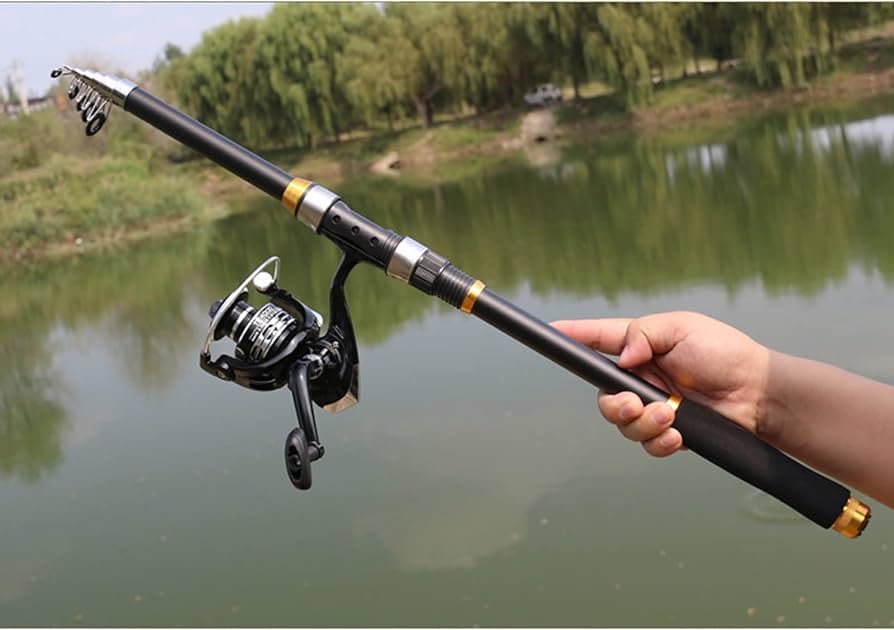
(Photo from Tima Miroshnichenko | pexels.com)
Ice Fishing Sleds: Decoding the Material Choices
Ice fishing sleds are paramount for enthusiasts braving frozen waters. As the winter landscape transforms, the right sled becomes an angler’s trusted companion. Among the myriad options, a significant debate revolves around material choices: plastic versus powder-coated sleds. Each material brings its own set of advantages and considerations. This comprehensive guide aims to navigate anglers through these choices, ensuring their ice fishing journeys are efficient, safe, and enjoyable. Let’s embark on this exploration to understand the nuances and make informed decisions.
Plastic Sleds: The Modern Marvel
Transitioning from traditional wooden sleds, plastic ice fishing sleds represent a transformative leap in design and functionality. The adoption of high-density polyethylene isn’t merely about modernization; it underscores a commitment to resilience and performance. This robust material stands resilient against freezing temperatures, ensuring the sled remains intact and functional even when the mercury plummets.
Furthermore, the design intricacies of plastic sleds cater to the nuances of ice fishing. Their streamlined silhouette, devoid of unnecessary protrusions, ensures effortless towing, even when laden with gear. This aerodynamic advantage becomes particularly evident during windy conditions, where lesser resistance translates to smoother journeys. Additionally, the incorporation of features like molded runners amplifies traction, ensuring stability on slippery surfaces.
Additionally, the versatility of plastic sleds is a boon for anglers seeking adaptability. With many models integrating modular designs, users can customize their sleds with accessories such as seats, rod holders, or gear compartments. Such flexibility ensures that whether you’re a weekend warrior or a dedicated ice angler, your sled can be tailored to meet specific needs. In essence, plastic ice fishing sleds encapsulate the marriage of innovation and practicality, redefining the standards of winter angling gear.
Powder-Coated Sleds: Traditional Charm with a Modern Twist
Yet, the powder-coated sled’s weight brings advantages, particularly in windy conditions. Their heft ensures greater stability, preventing unwanted movement or tipping. Additionally, the metal frame provides a reliable anchor, especially when drilling multiple holes or setting up elaborate fishing rigs on the ice.
Furthermore, the allure of powder-coated sleds extends beyond their functional attributes. Many enthusiasts are drawn to their timeless design, reminiscent of traditional ice fishing expeditions. This blend of nostalgia with modern features creates a unique appeal, making powder-coated sleds a favorite among purists and newcomers alike.
In conclusion, while both plastic and powder-coated ice fishing sleds offer distinct advantages, the choice ultimately boils down to individual preferences and specific needs. Whether you prioritize lightweight portability or classic durability, understanding the nuances of each sled type ensures a well-informed decision. As the world of ice fishing continues to evolve, these sleds remain steadfast companions, facilitating memorable experiences on the frozen frontier.
Comparative Analysis: Weighing the Pros and Cons
Moreover, considering the longevity factor, powder-coated sleds often have a slight edge. The metal frame, fortified with a protective powder-coated finish, can endure years of rigorous use without showing signs of wear or degradation. On the other hand, while plastic sleds are durable, they might succumb to prolonged exposure to sunlight or extreme cold over extended periods.
Furthermore, regarding price points, plastic sleds often offer a more budget-friendly option for beginners or occasional ice anglers. In contrast, the premium construction and durability of powder-coated sleds might come with a higher initial investment. However, for dedicated anglers seeking long-term reliability, this might be a worthwhile expenditure.
In essence, both sled types bring unique attributes to the table, catering to a spectrum of angling needs and preferences. By weighing the pros and cons, anglers can align their choice of ice fishing sled with their specific requirements, ensuring optimal performance and satisfaction on every icy adventure.
Economic Considerations: Value for Money
When evaluating the economic aspects, both sled types present compelling propositions. Plastic sleds, often priced competitively, provide an accessible entry point for beginners or those exploring ice fishing sporadically. The initial investment is modest, allowing anglers to allocate resources to other essential gear or accessories.
In contrast, the higher upfront cost of powder-coated sleds might deter some potential buyers. However, it’s vital to recognize this as a long-term investment. The durability, coupled with minimal maintenance requirements, translates to fewer replacements and, ultimately, cost savings in the long run.
Additionally, the resale value of well-maintained powder-coated sleds tends to remain high, making them a valuable asset for seasoned anglers looking to upgrade or diversify their equipment. Moreover, some manufacturers offer warranty coverages or extended service plans for powder-coated sleds, providing added peace of mind and potentially offsetting initial costs over time.
It’s also worth considering the ancillary expenses associated with each sled type. For instance, while plastic sleds might be more affordable upfront, the need for occasional replacements or repairs due to wear and tear can accumulate costs in the long term. On the other hand, powder-coated sleds, with their sturdy construction, often require minimal repairs, ensuring consistent performance without frequent maintenance expenses.
Furthermore, the evolving market dynamics, including seasonal sales, promotions, or bundled deals, can influence the overall cost-effectiveness of both sled types. Anglers are encouraged to stay updated with industry trends and leverage available discounts to maximize value without compromising on quality or functionality. By adopting a strategic approach to purchasing, anglers can strike a balance between upfront expenditure and long-term savings, optimizing their investment in ice fishing gear.
Navigating the Future: Embracing Innovations in Ice Fishing Sleds
(Photo from Tima Miroshnichenko | pexels.com)
Moreover, as technology and innovation continue to shape the world of ice fishing gear, it’s essential to remain adaptable and open to emerging sled designs and materials. Manufacturers are constantly pushing boundaries, introducing features that cater to evolving angler requirements and addressing feedback from the ice fishing community.
Furthermore, engaging with fellow anglers and seeking recommendations or firsthand experiences can provide invaluable insights into sled performance and suitability. Online forums, local fishing clubs, and workshops offer platforms for sharing knowledge, discussing equipment nuances, and discovering hidden gems within the vast array of available sled options.
In conclusion, while the decision-making process might seem daunting given the plethora of choices, it’s this diversity that ensures every angler can find their ideal ice fishing sled. By combining research, peer insights, and personal preferences, anglers can embark on their icy escapades with confidence, equipped with a sled that enhances their fishing experience and stands resilient against the winter’s embrace.
10 Tips for Using Ice Fishing Sleds:
- Check Ice Conditions: Before venturing onto the ice, always check its thickness and quality. Use an auger to drill test holes and ensure a safe thickness for travel.
- Evenly Distribute Weight: When loading your sled, distribute weight evenly to prevent tipping. Place heavier items at the bottom and lighter items on top for stability.
- Secure Your Gear: Use bungee cords or tie-down straps to secure gear and equipment to the sled. This prevents items from shifting during transport and minimizes the risk of loss.
- Inspect Regularly: Periodically inspect your sled for signs of wear, damage, or potential weak spots. Address any issues promptly to maintain the sled’s integrity and performance.
- Avoid Overloading: Adhere to the manufacturer’s weight recommendations for your sled. Overloading can strain the sled and affect its maneuverability on the ice.
- Utilize Accessories: Customize your sled with accessories like seats, rod holders, and gear compartments to maximize functionality and convenience during your ice fishing trips.
- Practice Safe Towing: When towing your sled behind a vehicle or snowmobile, ensure it’s securely attached with a reliable towing hitch. Always maintain a safe speed and distance to prevent accidents.
- Protect from Elements: Store your sled in a cool, dry place when not in use. Avoid prolonged exposure to direct sunlight, which can degrade plastic sleds over time.
- Clean and Dry: After each use, clean off any debris or ice from your sled and allow it to dry thoroughly before storing. This prevents the buildup of moisture and potential damage.
- Stay Informed: Stay updated on local ice conditions, weather forecasts, and safety guidelines. Being informed and prepared ensures a safer and more enjoyable ice fishing experience.
FREQUENTLY ASKED QUESTIONS
1. What is an ice fishing sled?
- It helps you easily tug along all your gear from ice rods to augers
2. What tool is used for ice fishing?
- An ice drill is essential.
3. How do you use a snow sled?
- Go down the hill sitting up or kneeling on the sled.
Additional Resources:
1. sled types – https://www.groupon.com/articles/types-of-sleds
2. seasoned anglers – https://buzzerfish.com/blogs/fishing-tips/mastering-the-art-advanced-techniques-for-seasoned-anglers
3. high-density polyethylene – https://areteindustries.us/hdpe-plastics/#:~:text=High%20Density%20Polyethylene%20is%20a,bottles%2C%20detergents%2C%20and%20bleaches.
Check out our latest blog on Eskimo Ice Fishing: Survival or Sport


